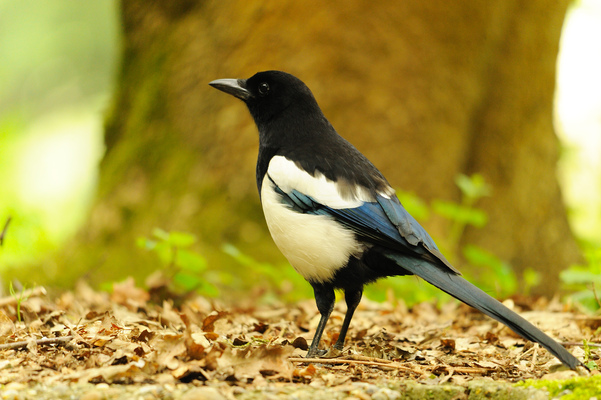Key Facts
- Length: 44-48cm
- Wingspan: 56cm
- Weight 200-240g
- Average lifespan: 5 years
Magpies are one of our most familiar birds and the source of much myth and legend – ‘one for sorrow, two for a joy’ is a rhyme that many children learn.
Magpies are, in fact, small crows, and are omnivorous, feeding on carrion, invertebrates and chicks and eggs. Sociable birds, they are often seen ‘chattering’ noisily in small groups across many habitats, from gardens to parks, heaths to hedges and in towns too. During the spring, males help the females to build nests by bringing materials which they then arrange. Magpies are famous for collecting all kinds of objects, particularly anything shiny, to decorate the nest.
How to Identify
Unmistakeable: the Magpie is a long-tailed bird, which is mainly black with a white belly, and has white patches on the shoulders and in the wing.
Where to Find
Widespread, although absent from the north of Scotland.
How People Can Help
Much maligned and often blamed for the decline of our songbirds, Magpies are actually not as villainous as we think. Songbird decline is largely due to habitat loss, development and changing farming practices, not predation by Magpies. To help populations of all our birds, The Wildlife Trusts are working towards a ‘Living Landscape’: a network of habitats and wildlife corridors across town and country, which are good for both wildlife and people. You can support this greener vision for the future by joining your local Wildlife Trust.
Did you know?
Folklore surrounds the Magpie – from providing Good Luck when greeted, to being in league with the Devil, its ubiquitous presence has provided plenty of opportunities for stories. Many surround religion, including the belief that it didn’t mourn with all the other birds at Christ’s crucifixion and that it refused to enter Noah’s Ark, preferring to stay on the roof and ‘swear’ for the whole journey.
Similar Species
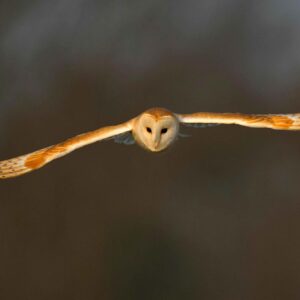
Barn Owl
- Birds
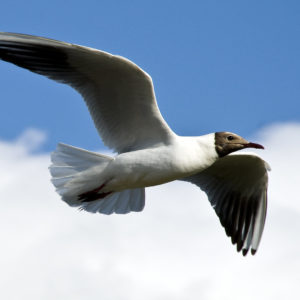
Black-Headed Gull
- Birds
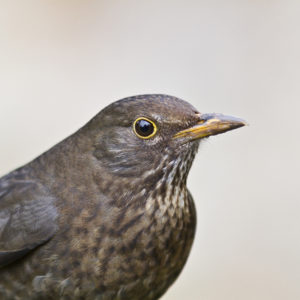
Blackbird
- Birds
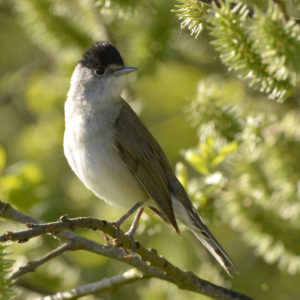
Blackcap
- Birds
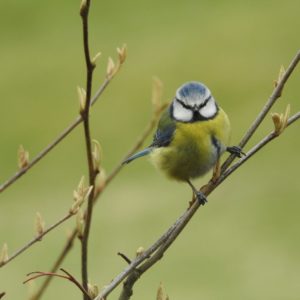
Blue Tit
- Birds
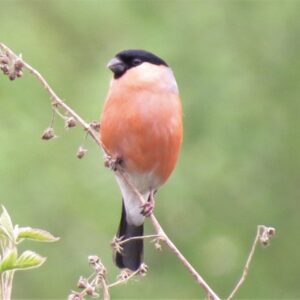
Bullfinch
- Birds
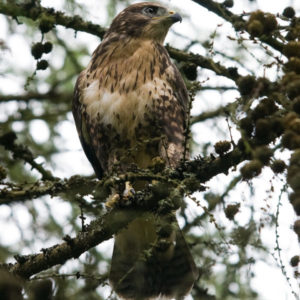
Buzzard
- Birds
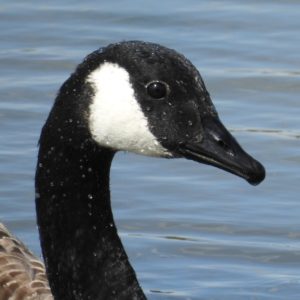
Canada Goose
- Birds
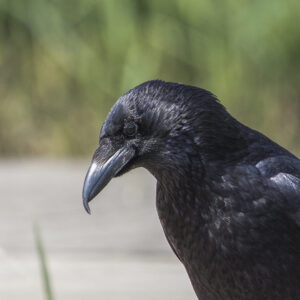
Carrion Crow
- Birds
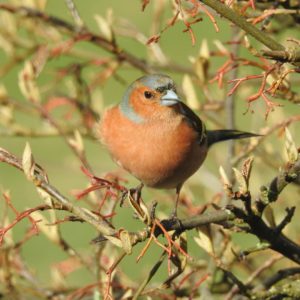
Chaffinch
- Birds
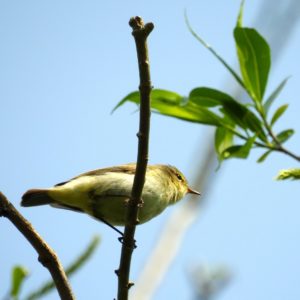
Chiffchaff
- Birds
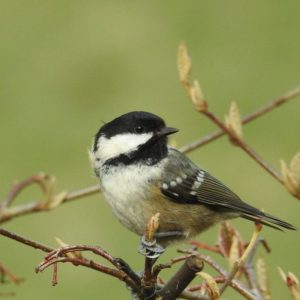
Coal Tit
- Birds
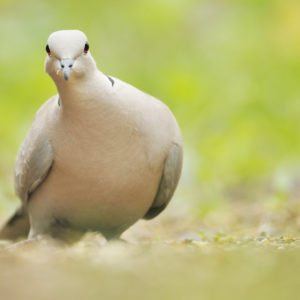
Collared Dove
- Birds
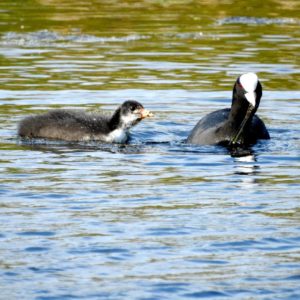
Coot
- Birds
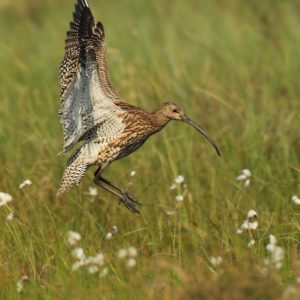
Curlew
- Birds
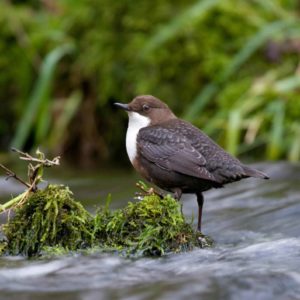
Dipper
- Birds
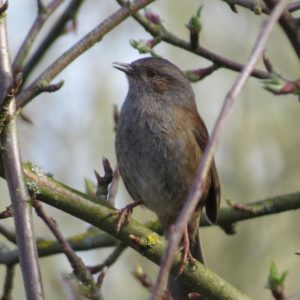
Dunnock
- Birds
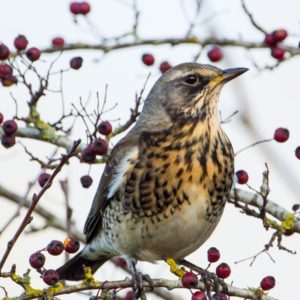
Fieldfare
- Birds
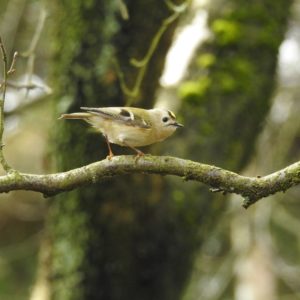
Goldcrest
- Birds
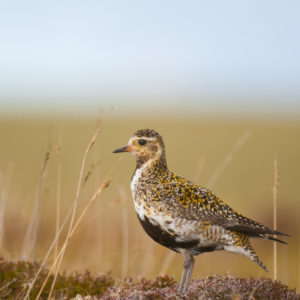
Golden Plover
- Birds
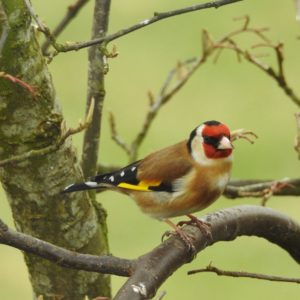
Goldfinch
- Birds
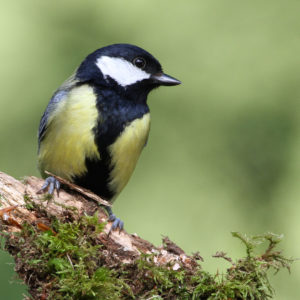
Great Tit
- Birds
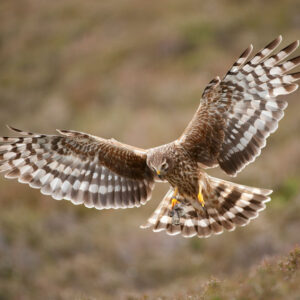
Hen Harrier
- Birds
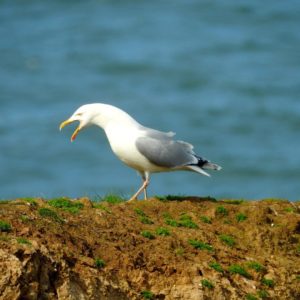
Herring Gull
- Birds
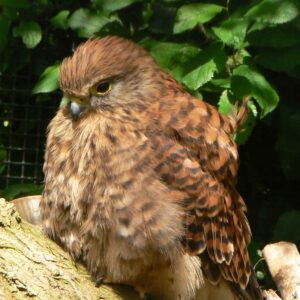
Kestrel
- Birds
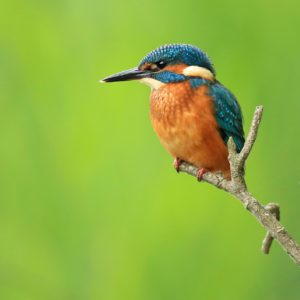
Kingfisher
- Birds
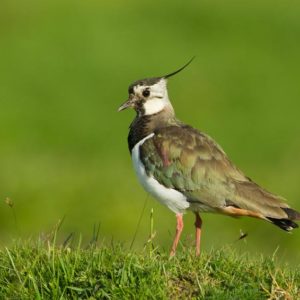
Lapwing
- Birds
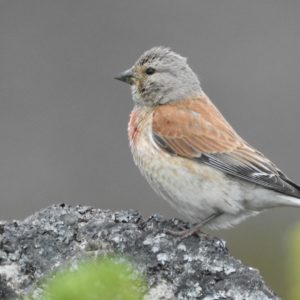
Linnet
- Birds
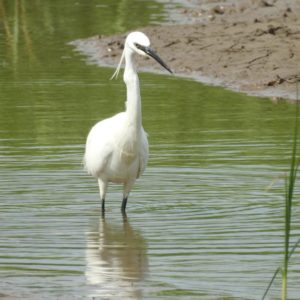
Little Egret
- Birds
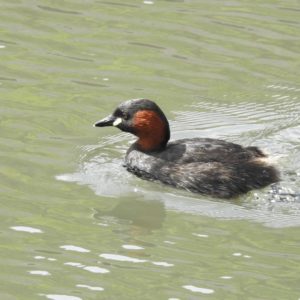
Little Grebe
- Birds
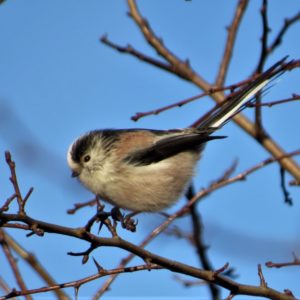
Long-Tailed Tit
- Birds
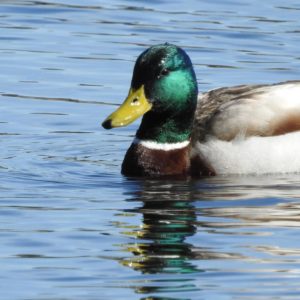
Mallard
- Birds
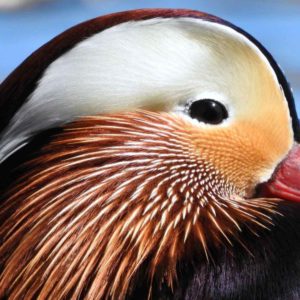
Mandarin Duck
- Birds
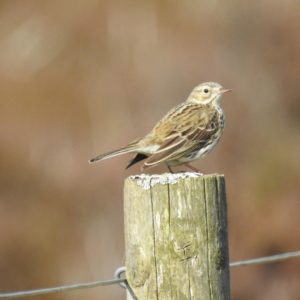
Meadow Pipit
- Birds
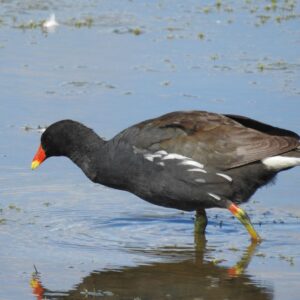
Moorhen
- Birds
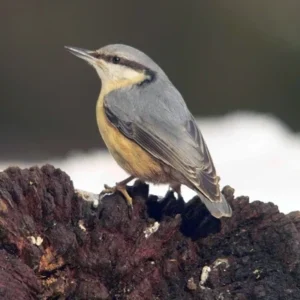
Nuthatch
- Birds
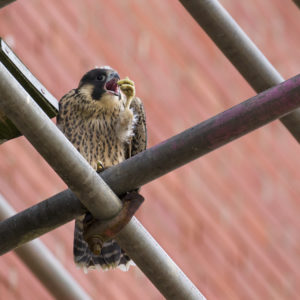
Peregrine falcon
- Birds
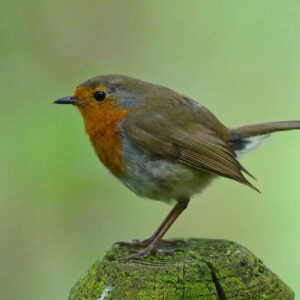
Robin
- Birds
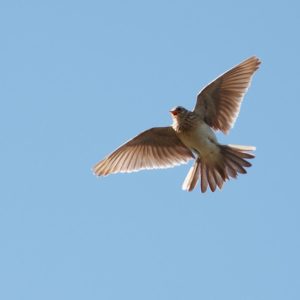
Skylark
- Birds
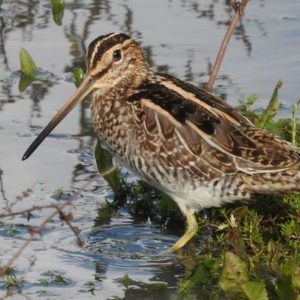
Snipe
- Birds
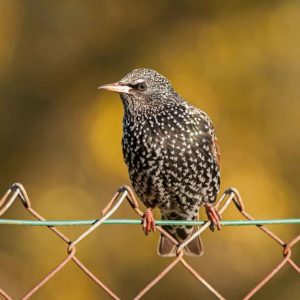
Starling
- Birds
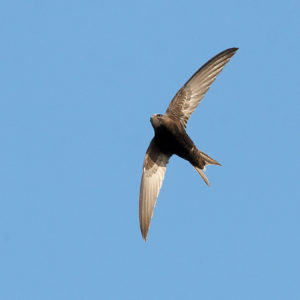
Swift
- Birds
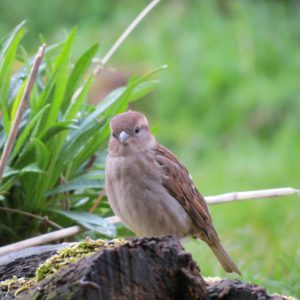
Tree Sparrow
- Birds
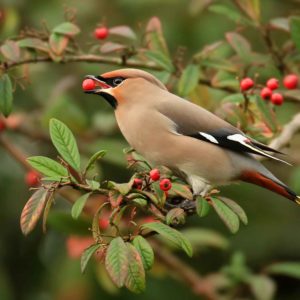
Waxwing
- Birds
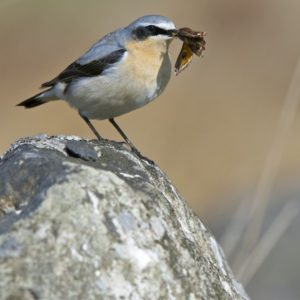
Wheatear
- Birds
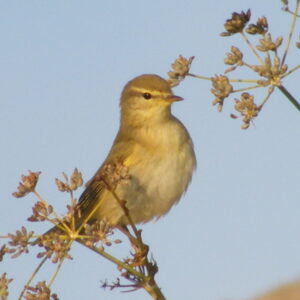
Willow Warbler
- Birds
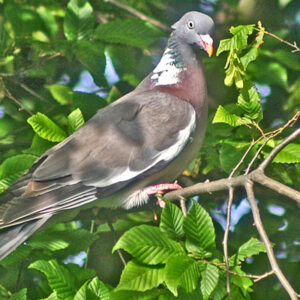
Wood Pigeon
- Birds
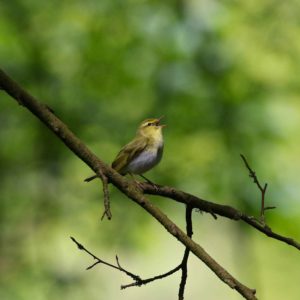
Wood Warbler
- Birds
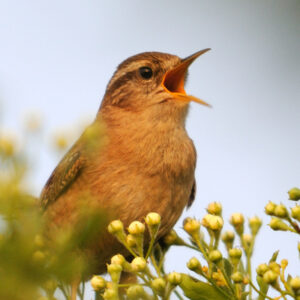
Wren
- Birds
